Celts In Poland: Iron Smelting Furnaces Used By Celts 2,400 Years Ago – Unearthed
Jan Bartek - AncientPages.com - Science in Poland reports that the remains of twelve iron smelting furnaces used by the Celts 2,400 years ago have been discovered in archaeological excavations in the village of Warkocz near Strzelin in southwest Poland.
 Bird's eye view of an archaeological excavation, in which a Celtic metallurgical workshop is visible. Credit: Stanisław Rzeźnik
Bird's eye view of an archaeological excavation, in which a Celtic metallurgical workshop is visible. Credit: Stanisław Rzeźnik
"The iron smelting furnaces that we discovered in Warkocz most probably come from this earliest phase of their stay in the lands of modern-day Poland,” said Dr. Przemysław Dulęba from the Institute of Archaeology of the University of Wrocław, who led the works.
The Celts spread across almost all of Europe, north of the Alps, in the mid 1st millennium BC. They reached the areas of modern-day Silesia and Małopolska at the turn of the 4th century BC.
After their arrival, they introduced numerous innovations in Europe. They were the first to shoe horses,
they popularised the saddle and created the first chain mail. However, "the time of their arrival is a still poorly researched and mysterious period in the prehistory of southern and central Poland," according to Dr. Duleba.
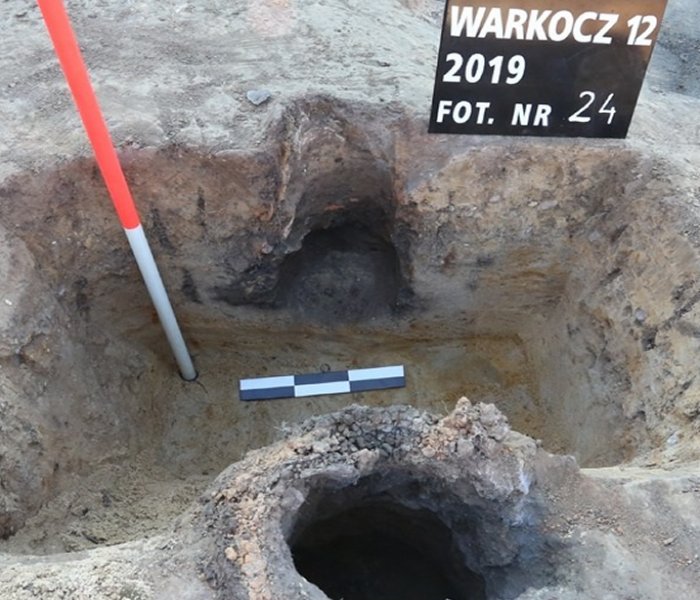 Warkocz near Strzelin (southwestern Poland) - Celtic industrial center – metal and ceramic production, excavations in 2019. Image credit: Institute of Archaeology, University of Wroclaw
Warkocz near Strzelin (southwestern Poland) - Celtic industrial center – metal and ceramic production, excavations in 2019. Image credit: Institute of Archaeology, University of Wroclaw
The furnaces were dug deep into the ground, and their interior lined with pugging (an insulating layer containing clay). Only a very small part protruded from the surface of the earth. Inside, single pieces of melted iron and slag were found.
Very similar clusters of furnaces, in terms of both form and spatial arrangement, are known from Czechia.
See also:
Puzzle Of The Bull Rock Cave – Ancient Mass Grave Remains Unexplained
Anartes: Forgotten Celtic Tribe And The Hercynian Forest With Strange Animals
Gundestrup Cauldron: Great Gilded Silver Vessel Decorated With Scenes Derived From Celtic Mythology
Objects dating back to the 4th century BC found alongside the furnaces, including fragments of ceramic vessels, metal ornaments, and clothing items as well as garment clasps, convinced the archaeologists that they were used by the Celts.
”Interestingly, bloomeries (metallurgical furnaces - PAP) from the Roman period, i.e. a few hundred years later, were single-use installations,” said Dr. Dulęba, adding that this is proof of the Celts` great proficiency in the field of metallurgy.
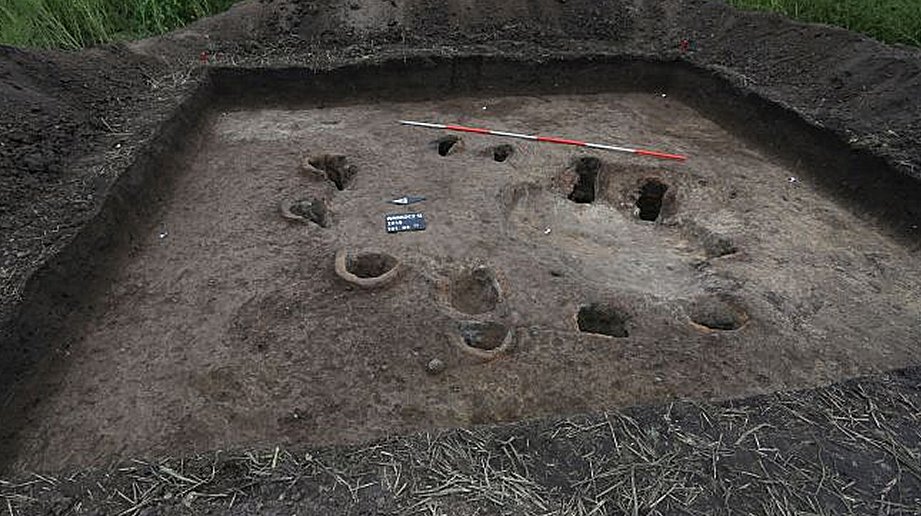 Archaeological excavation with relics of a metallurgical workshop discovered in Warkocz in Lower Silesia. Credit: Stanisław Rzeźnik
Archaeological excavation with relics of a metallurgical workshop discovered in Warkocz in Lower Silesia. Credit: Stanisław Rzeźnik
For now, researchers have opened only one small archaeological excavation but Dr. Dulęba says he believes there could be more furnaces in the area.
The archaeologists chose the excavation site after using a magnetic method that registers traces of old buildings and structures that were once strongly exposed to high temperatures.
See Also: More Archaeology News
”If expert research in the form of analyses and radiocarbon dating of burnt wood residues from furnaces confirms our assumption, we will be able to state with certainty that this is the first well documented Celt metallurgical workshop in modern-day Poland,” Dr. Dulęba said.
The oldest artifacts found in the settlement come from the second half of the 3rd century BC.
Written by Jan Bartek - AncientPages.com Staff Writer
More From Ancient Pages
-
 Spectacular Find: Lost Temple Of Goddess Artemis Has Been Found On Greek Island Of Euboea
Archaeology | Sep 22, 2017
Spectacular Find: Lost Temple Of Goddess Artemis Has Been Found On Greek Island Of Euboea
Archaeology | Sep 22, 2017 -
 Did The Inca Use The Quipu To Collect Taxes?
Archaeology | Jun 24, 2019
Did The Inca Use The Quipu To Collect Taxes?
Archaeology | Jun 24, 2019 -
 Huge 36-Million-Year-Old Skull Of Fearsome Marine Monster Discovered In Peru
Fossils | Mar 21, 2022
Huge 36-Million-Year-Old Skull Of Fearsome Marine Monster Discovered In Peru
Fossils | Mar 21, 2022 -
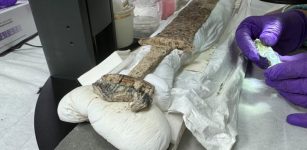 Spectacular 6th Century Sword With Runes Found In Anglo-Saxon Grave Near Canterbury In Kent
Archaeology | Dec 27, 2024
Spectacular 6th Century Sword With Runes Found In Anglo-Saxon Grave Near Canterbury In Kent
Archaeology | Dec 27, 2024 -
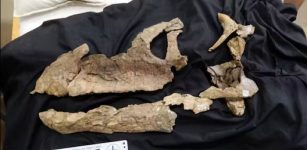 First Near-Complete Sauropod Dinosaur Skull Found In Australia Hints At Ancient Links Between Continents
Featured Stories | Apr 13, 2023
First Near-Complete Sauropod Dinosaur Skull Found In Australia Hints At Ancient Links Between Continents
Featured Stories | Apr 13, 2023 -
 Controversial Hollow Earth Theory – Questions And Answers – Part 3
Ancient Mysteries | Jun 28, 2019
Controversial Hollow Earth Theory – Questions And Answers – Part 3
Ancient Mysteries | Jun 28, 2019 -
 Magical And Malicious Creatures That Prey Upon Yggdrasil In Norse Beliefs
Featured Stories | Dec 6, 2019
Magical And Malicious Creatures That Prey Upon Yggdrasil In Norse Beliefs
Featured Stories | Dec 6, 2019 -
 Old Royal Crime – Dark Riddle Of Young Princes In The Tower Of London
Featured Stories | Jun 14, 2020
Old Royal Crime – Dark Riddle Of Young Princes In The Tower Of London
Featured Stories | Jun 14, 2020 -
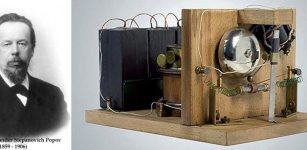 On This Day In History: First Wireless Transmission Of Morse Signals Sent – On Mar 12, 1896
News | Mar 12, 2017
On This Day In History: First Wireless Transmission Of Morse Signals Sent – On Mar 12, 1896
News | Mar 12, 2017 -
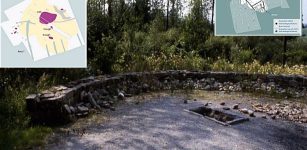 Burnt Mound Complex Dated To Bronze Age – Uncovered At Suffolk Site
Archaeology | Jun 19, 2023
Burnt Mound Complex Dated To Bronze Age – Uncovered At Suffolk Site
Archaeology | Jun 19, 2023 -
 Was Spruce Hill In Ohio Home To An Ancient Lost Civilization? Traces Of Strong Fire Puzzle Scientists
Ancient Mysteries | Jan 17, 2018
Was Spruce Hill In Ohio Home To An Ancient Lost Civilization? Traces Of Strong Fire Puzzle Scientists
Ancient Mysteries | Jan 17, 2018 -
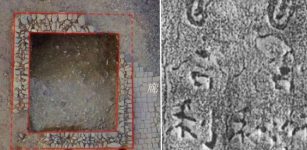 Ancient Temple Complex Dated To Nanzhao Kingdom Unearthed In Southwest China
Archaeology | Jan 26, 2021
Ancient Temple Complex Dated To Nanzhao Kingdom Unearthed In Southwest China
Archaeology | Jan 26, 2021 -
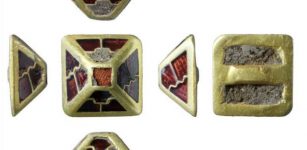 Magnificent ‘Sword Pyramid’ Lost By A Sutton Hoo-Era Lord Discovered In Norfolk
Archaeology | Aug 21, 2021
Magnificent ‘Sword Pyramid’ Lost By A Sutton Hoo-Era Lord Discovered In Norfolk
Archaeology | Aug 21, 2021 -
 Hidden Tunnel In Tokat Castle – ‘The Dungeon Of Dracula’ – To Open Soon
News | Sep 22, 2015
Hidden Tunnel In Tokat Castle – ‘The Dungeon Of Dracula’ – To Open Soon
News | Sep 22, 2015 -
 Princess Mkabayi KaJama: Condemned And Hated Zulu Kingmaker Who Died A Lonely Woman
Featured Stories | Mar 20, 2019
Princess Mkabayi KaJama: Condemned And Hated Zulu Kingmaker Who Died A Lonely Woman
Featured Stories | Mar 20, 2019 -
 Knights Templar’s Legendary Sword In Stone In Terminillo Mysteriously Disappeared – Where Is It Hidden?
Featured Stories | May 3, 2021
Knights Templar’s Legendary Sword In Stone In Terminillo Mysteriously Disappeared – Where Is It Hidden?
Featured Stories | May 3, 2021 -
 Early Humans In Europe Were Making Fires At Least 250,000 Years Ago – New Study
Archaeology | May 18, 2023
Early Humans In Europe Were Making Fires At Least 250,000 Years Ago – New Study
Archaeology | May 18, 2023 -
 Ethical Ancient DNA Research Must Involve Descendant Communities – Researchers Say
Archaeology | Jan 13, 2023
Ethical Ancient DNA Research Must Involve Descendant Communities – Researchers Say
Archaeology | Jan 13, 2023 -
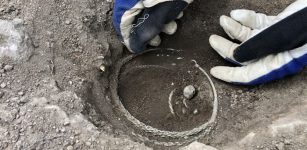 Wonderful And Unique Viking Silver Treasure Uncovered In Täby In Stockholm, Sweden
Archaeology | Nov 29, 2022
Wonderful And Unique Viking Silver Treasure Uncovered In Täby In Stockholm, Sweden
Archaeology | Nov 29, 2022 -
 Mysterious And Unexplained Encounter With Unusual Tiny Beings In Italy – A Strange Connection – Part 2
Featured Stories | Jan 18, 2022
Mysterious And Unexplained Encounter With Unusual Tiny Beings In Italy – A Strange Connection – Part 2
Featured Stories | Jan 18, 2022
